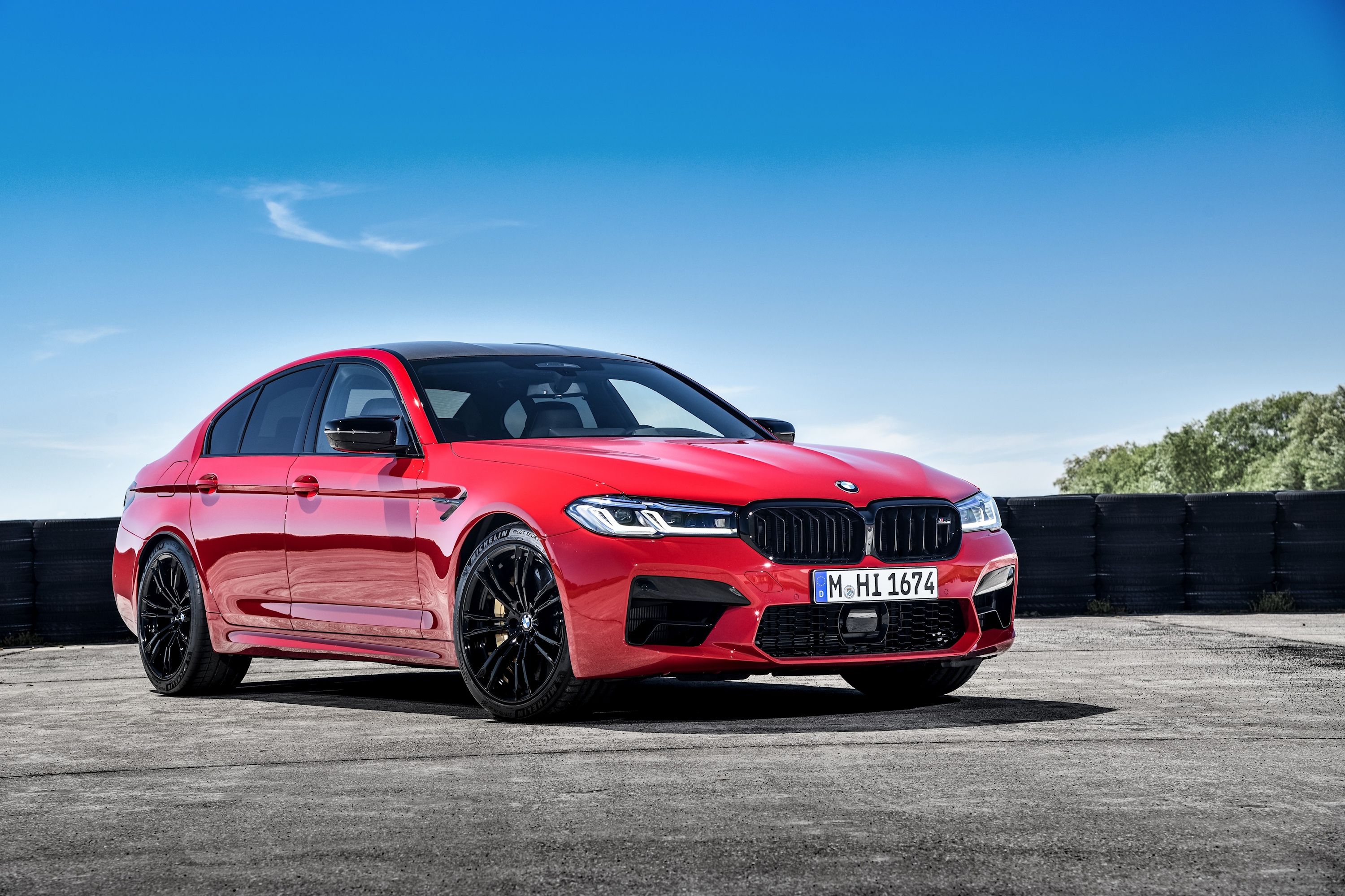After many years of watching Audi cars crush their 0-60 mph estimates, BMW's M Division has fully embraced, AWD drivetrains with vehicles like the M5, X3 M, X4 M, and the upcoming M3 and M4 (which will be offered in rear and AWD). The first M vehicles to have AWD were the BMW X5 M and X6 M from 2009, both of which were also the first to feature turbocharging. Ever since BMW M has started to incorporate AWD and turbocharging into its cars, its 0-60 mph estimates have seemed quite conservative as well.
Take the newest M5, for example. BMW claims the M5 can hit 60 mph in around 3.1 seconds but many outlets have tested the car at under three seconds. After noticing this trend on several German vehicles, we didn't think it was only a coincidence. So at the international launch event for the 2020 X5 M and X6 M, we had a chance to catch up with Axel Theiling, Project Management Drivetrain BMW M to discover why BMW (and many of its German rivals) have possibly been underselling these important performance metrics.
One reason why these cars seem to be quicker than the manufacturer estimates is revealed when they are put on a dynamometer (or dyno). If you're unfamiliar, that's a device that measures an engine's output at the wheels. When tested, these cars appear to be producing more horsepower than advertised. BMW claims the M5 produces 617 horsepower but when put on the dyno, real-world cars have been measured a nearer to 700 hp. Theiling has a few explanations for why this happens.
"There's a difference between the test methods. We test on an engine test bench and we measure directly the power of an engine. You measure on a test rig (or roller dino) the power to the wheel," he explained. "So you have to recalculate how the power on the wheel correspondents to the engine power. You have to know the losses, for example, in the gearbox or the slip of the wheels on the test rig. So there might be a failure between the measurement on the test rig compared to our measurement on the test bench where we only test the engine."
In addition to the difficulty of accurately measuring drivetrain loss, Theiling explained that BMW goes through great lengths to ensure specific conditions when measuring for engine horsepower. "It's very important to have standardized circumstances and conditions," he told us. "For example, the air temperature and density are very important for us. On the roller dino, you have undefined conditions."
Finally, Theiling pointed out that "{BMW does} a static measurement of the engine power. We put the engine to the point with the maximum power and we leave it there for at least 30 seconds." This is different than on a dyno, where the car goes through linear acceleration pulls and might produce more peak power than BMW's static test. For a turbocharged engine, the regulation in the ECU might temporarily provide more (or less) boost, meaning the number you see on the dyno might not accurately reflect BMW's power estimates.
So despite what some tests may have uncovered, BMW prefers to set its power ratings where it knows customers will be able to achieve that figure in imperfect circumstances. "In our opinion, every customer has to have the possibility to reach the power we say that we promise," Theiling said. "It's similar to the 0-60 and 0-100 mph times. We think that every customer has to be able to reach these numbers. It's the whole package that's important to our customers. Not only one number. We have to have the best package."
"We are a very conservative company when it comes to numbers," BMW Product & Technology Communications Manager Alex Schmuck added, referencing how the M5 beat BMW's official 0-60 estimates during magazine testing. And in our opinion, we'd rather see companies like BMW underpromise and overdeliver than publish a figure that no customer will ever be able to reach. Not all manufacturers play by these rules but it seems like many of the German brands are happy to see outlets beat their 0-60 mph and horsepower estimates.

